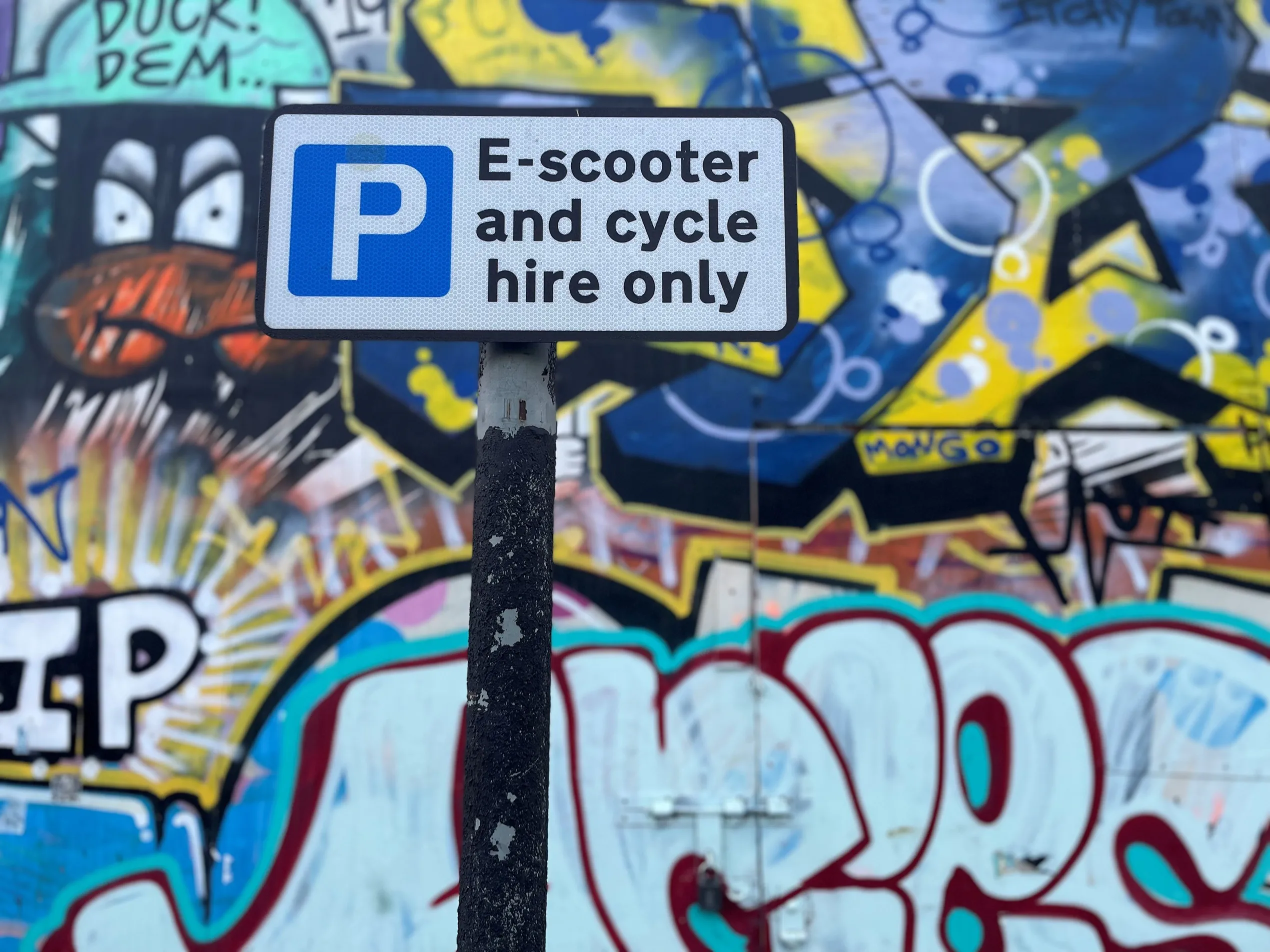Software and consulting group PTV has launched a new version of its Visum 14 transport planning software with additional functions including ‘rubber-banding’ which enables users to model spontaneous detours. The company says that this describes the way starting point, main activity and intermediate stops are connected with a metaphorical rubber band.
November 18, 2014
Read time: 1 min

Software and consulting group 3264 PTV has launched a new version of its Visum 14 transport planning software with additional functions including ‘rubber-banding’ which enables users to model spontaneous detours. The company says that this describes the way starting point, main activity and intermediate stops are connected with a metaphorical rubber band.
Other features include distributed computing to allow users to utilise multiple computers to calculate scenarios in parallel.
Procedures such as private and public transport assignments and evaluations of different demand strata can now be calculated on different computers in parallel and the results automatically merged.
PTV Visum 14's public transport (PuT) timetable editor has been updated and now includes the ability to freely edit the stop sequence using a graphical editor while the new incremental PuT-importer speeds importing and updating of PuT supply from one file version to another.
Other features include distributed computing to allow users to utilise multiple computers to calculate scenarios in parallel.
Procedures such as private and public transport assignments and evaluations of different demand strata can now be calculated on different computers in parallel and the results automatically merged.
PTV Visum 14's public transport (PuT) timetable editor has been updated and now includes the ability to freely edit the stop sequence using a graphical editor while the new incremental PuT-importer speeds importing and updating of PuT supply from one file version to another.










